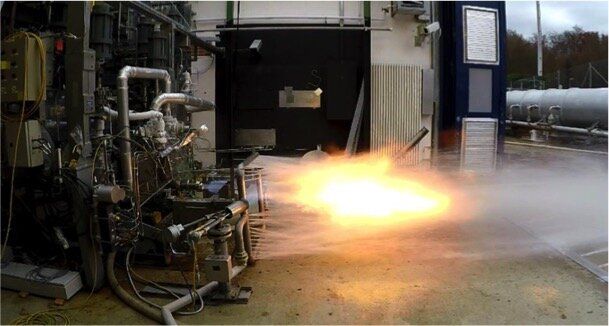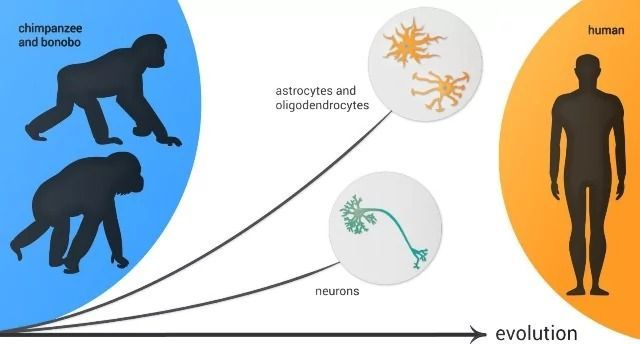Slack and Amazon announced a big integration late yesterday afternoon. As part of the deal, Slack will use Amazon Chime for its call feature, while reiterating its commitment to use AWS as its preferred cloud provider to run its infrastructure. At the same time, Amazon has agreed to offer Slack as an option for all internal communications.
“Some parts of Amazon had licensed Slack before, but this is the first time it will be offered as an option to all employees,” an Amazon spokesperson told TechCrunch.
Make no mistake, this is a big deal as the SaaS communications tool increases its ties with AWS, but this agreement could also be about slighting Microsoft and its rival Teams product by making a deal with a cloud rival. In the past, Slack CEO Stewart Butterfield has had choice words for Microsoft saying the Redmond technology giant sees his company as an “existential threat.”








